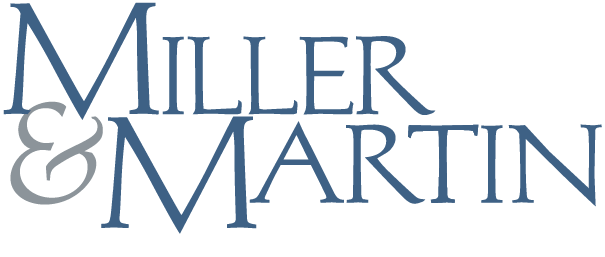DOL Increases Salary Requirement for “White Collar” Exemptions
Miller & Martin PLLC Alerts | March 08, 2019
Author: Bradford Harvey
Yesterday, the U.S. Department of Labor (“DOL”) replaced the Obama administration’s Final Rule, raising the minimum salary threshold/salary basis test for workers to qualify for the Fair Labor Standards Act’s (“FLSA”) Executive, Administrative, and Professional (“EAP” or “white-collar”) exemptions from overtime pay requirements. And this time Final Rule may actually mean final. The new minimum requirement will be $35,308 per year, which the DOL estimates will go into effect in January 2020.
As background, in 2004 the DOL set the minimum salary requirement at $23,660, where it has remained ever since, eventually dipping below the federal poverty level. The Obama DOL’s Final Rule was to increase this requirement to $47,476 beginning in December of 2016, but a Texas federal judge blocked the Final Rule days before it would have gone into effect, and the Trump administration ultimately declined to support the increase. Still, in his confirmation hearings, Labor Secretary Alex Acosta foreshadowed that his DOL would eventually increase the salary requirement in line with yesterday’s announcement.
Besides increasing the minimum salary level for the EAP exemptions, the new rule also will allow employers to count certain nondiscretionary bonuses and incentive payments like commissions as up to 10% of a worker’s salary level. The rule declined to change the duties test for EAP employees. (The Obama Final Rule also would not have changed the duties test, as it reasoned that many employees who do not meet this test would nevertheless be reclassified as non-exempt based on the higher salary threshold.)
The DOL also will be increasing the minimum salary for the Highly-Compensated Employees exemption from $100,000 to $147,414, which is actually about $13,000 more than the planned increase under the Obama Final Rule.
Overall, the DOL anticipates its changes will make more than one million more workers eligible for overtime, which is about a quarter of the increase that the Obama administration had predicted under its Final Rule.
Looking ahead, the Obama administration’s Final Rule would have adopted an index for minimum salary requirements to increase automatically over time, rather than stagnating as they have in the past. Secretary Acosta again took a middle ground approach on this aspect of the new rule, calling for the DOL to propose regular increases every four years, following public comments.
Needless to say, employers with EAP employees earning salaries below the new threshold will need to plan to increase salaries or reclassify employees as non-exempt once the new rule goes into effect as of (we anticipate) January 2020.
As we saw in 2016 when the new Obama DOL salary basis test was scheduled to go into effect, this also is a good time for employers to audit whether EAP employees meet the duties test for their respective exemptions. Conducting these audits under legal direction may allow the results to be privileged if they later need to be.
Employers also may wish to review how they structure their departments, assign work duties, and monitor and control hours worked, so that they can continue to meet their business needs within their budgets, while maintaining legal compliance.
For further information on this development or assistance in conducting internal audits for federal FLSA compliance, please feel free to contact Brad Harvey or any other member of our Labor & Employment Law Practice.

